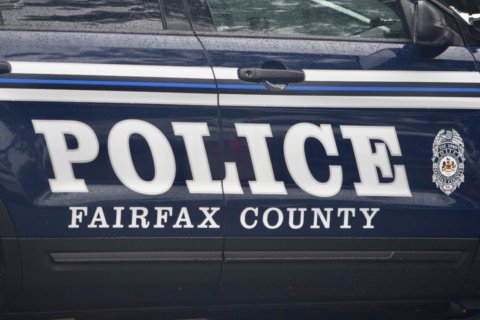Herndon Caboose Park, a popular railroad site along the Washington and Old Dominion Trail, has unveiled an historical placard Saturday that describes Virginia’s segregated past on the railroad.
NOVA Parks unveiled the new sign in front of the historic site in Herndon, which is visited by more than two million people every year. The new marker remembers Virginia’s segregation laws that discriminated against thousands of Blacks traveling on the railroad.
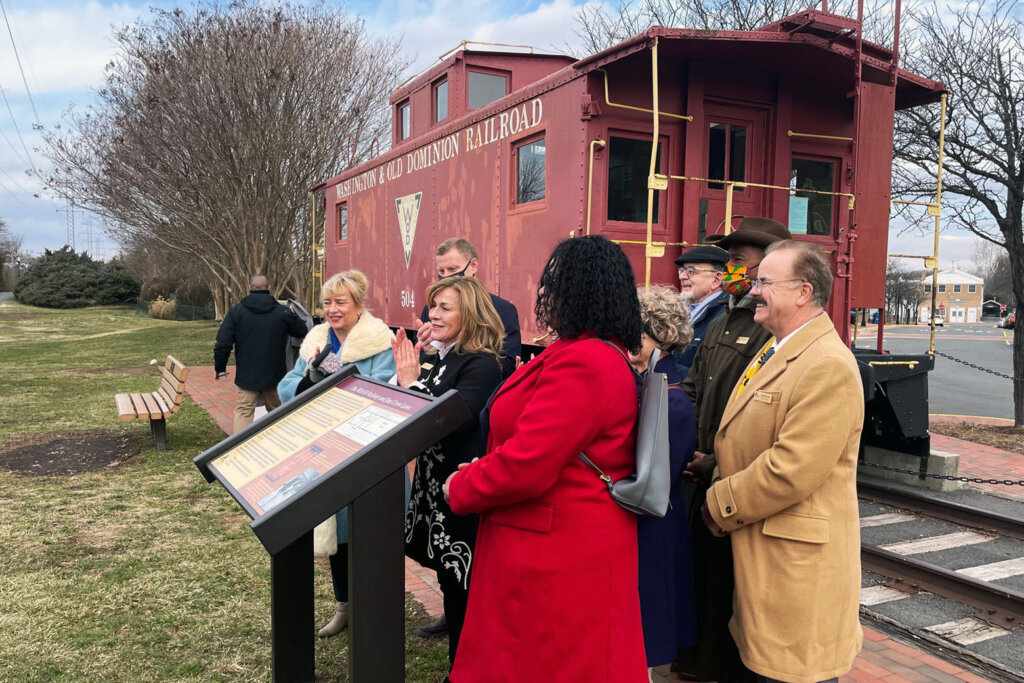
“Just coming down this trail, you see this and you get a nostalgic, romantic view. You know, ‘riding the rails,’” said Fairfax County NAACP President Karen Campblin, of the large red caboose. “And you don’t understand the harsh treatment and environment others were put in while this romantic era was going on.”
The sign tells the story of how Virginia’s legislature enacted strict segregation codes for the railroads in 1900.
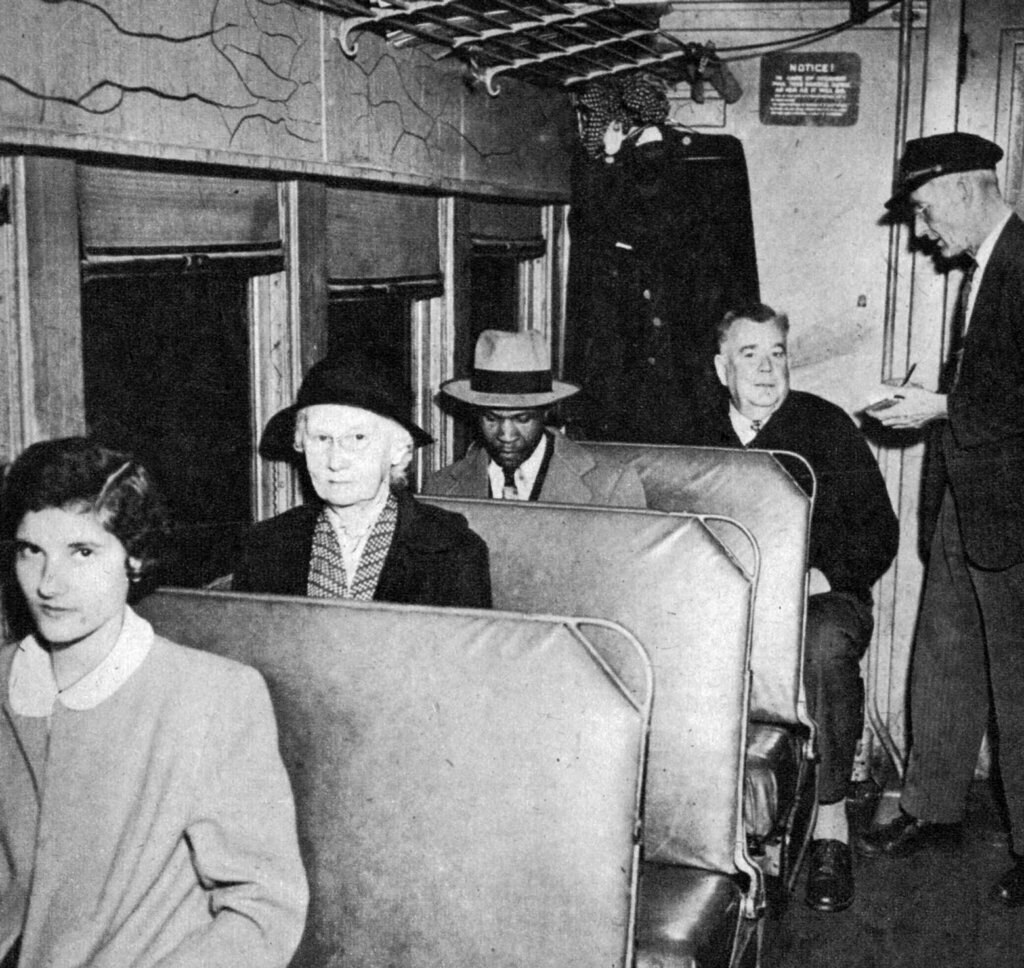
The restrictions, a part of that era’s Jim Crow laws, were designed to give white riders preferential treatment by seating Blacks and Native American passengers in other cars, mainly in the rear of the train. The laws also required that Blacks wait for their trains in smaller, segregated rooms at the station.
Despite many lawsuits against Jim Crow codes, many of them stayed intact across Virginia until the late 1960s, the plaque notes.
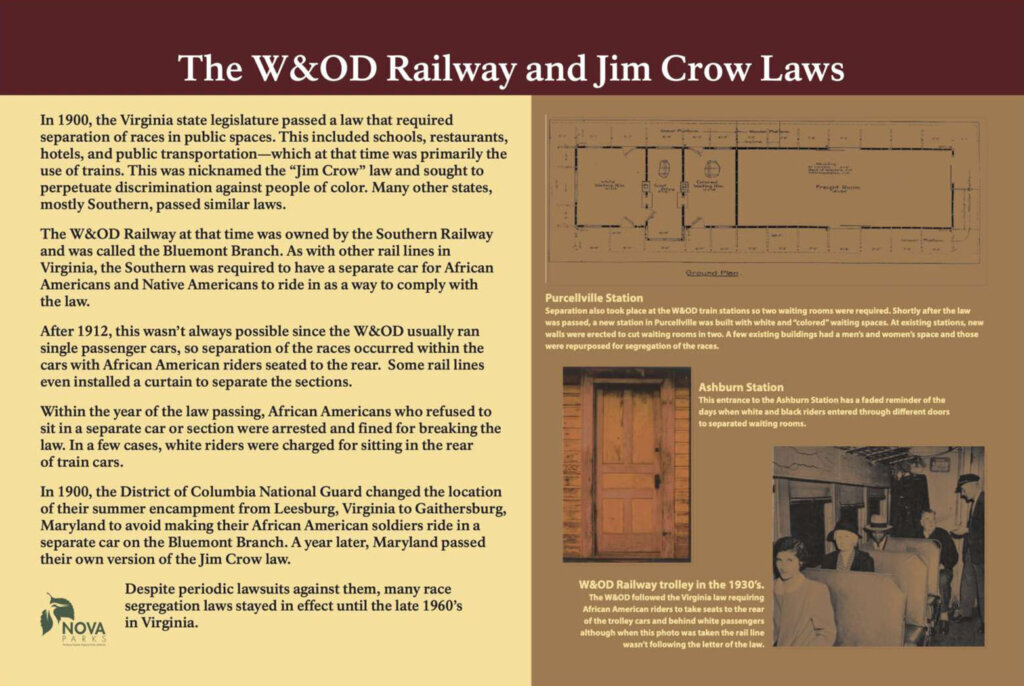
Campblin said the sign is meant to preserve African-American history and provoke a desire in visitors to learn more.
“It gives just enough information to give a person a spark to do more research,” she said.
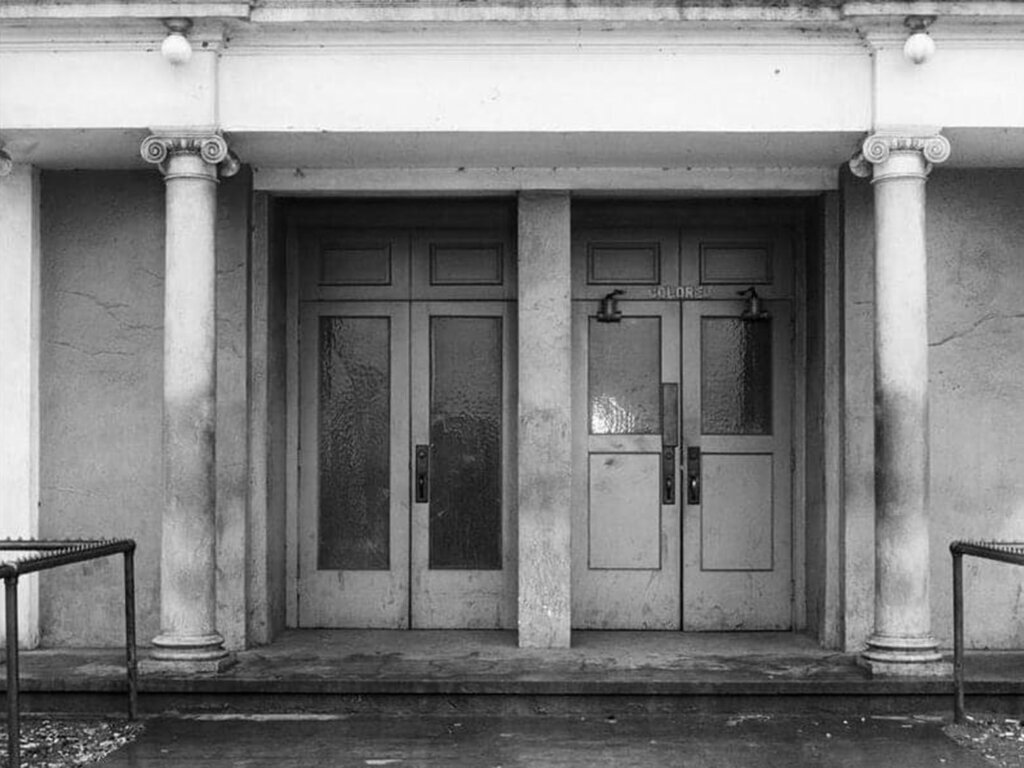
The Herndon Caboose sign is one of three unveiled in Northern Virginia this month. The authority has unveiled two similar signs in Loudoun and Arlington Counties.
NOVA Parks owns and manages the W&OD Trail, which runs 45 miles between Shirlington and Purcellville on the rail’s old roadbed.
The W&OD railroad stopped operating in 1968. Some visitors at this weekend’s event hope the signs will have a significant impact on younger generations.
“When they stop and read the signs, they will be surprised by this history,” said Russell Baskett, a former teacher who attended the event. “The more of this we can do, the better.”


